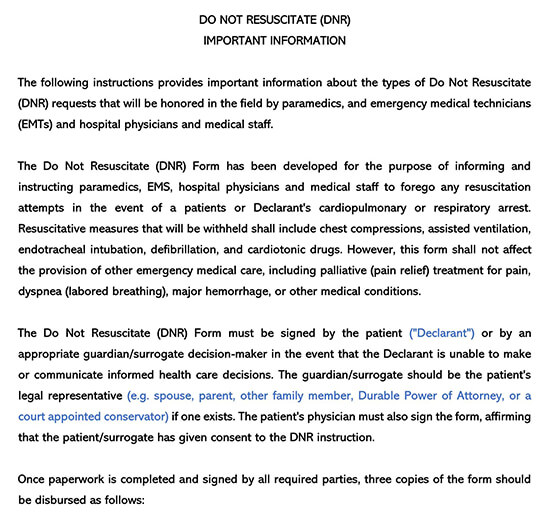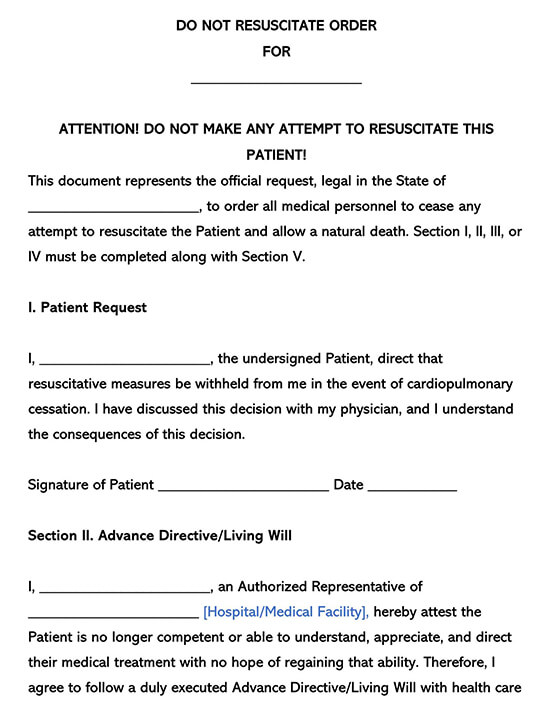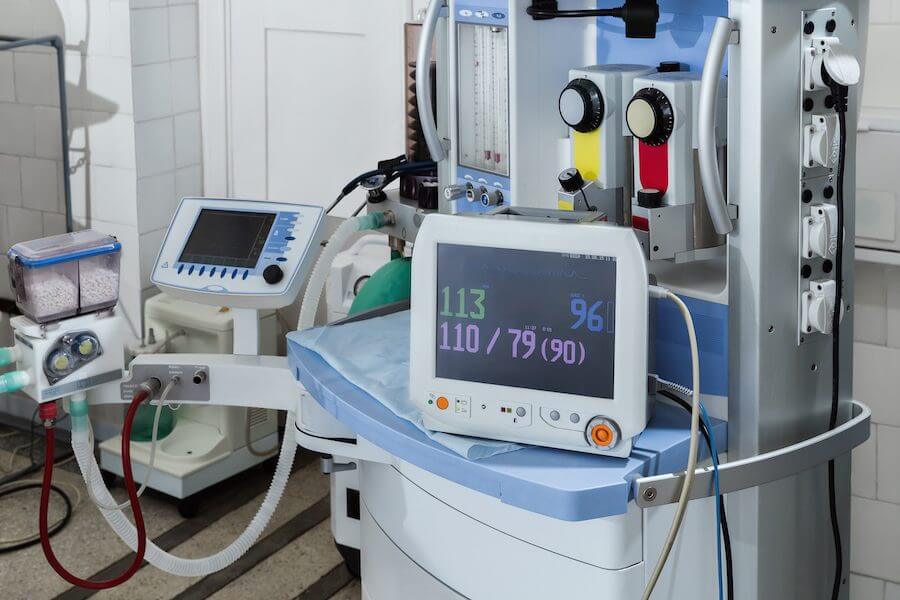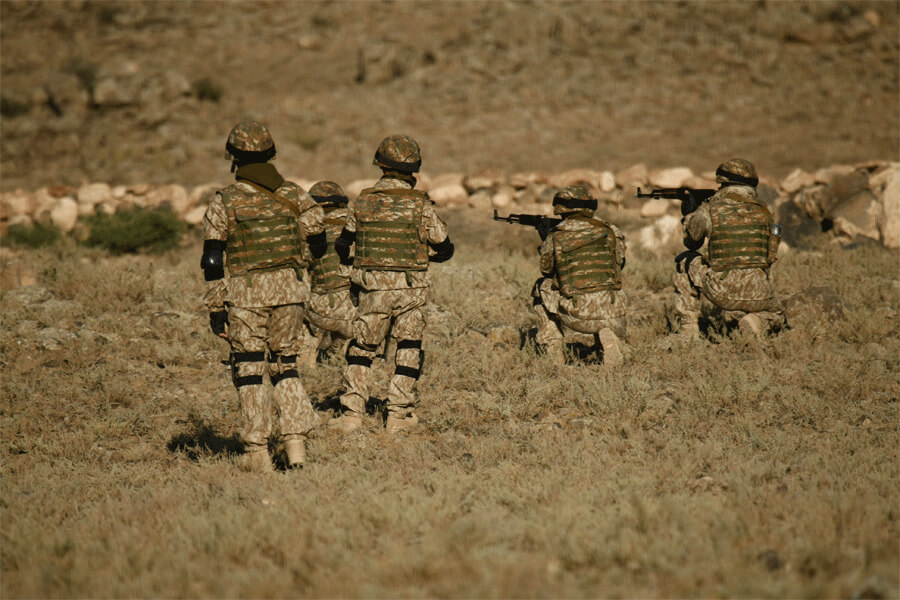When some patients, who happen to be terminally ill, would, for whatever reason, prefer to avoid being attended to and offered medical care in the instance that their breathing or heart stops working, they will require a Do Not Resuscitate notice. A DNR form is a legal document that is bound by state law in the state in which the patient is admitted, and can vary on a state-to-state basis.
In most states, the patient is required to have a witness – Typically, this includes the doctor themselves, as well as a family member of choice. Some states may also require the presence of a public official, such as a notary public. As a result, there is some degree of variability when it comes to a do not resuscitate form. To help you out, we’ve compiled a guide on everything you need to know about such a form, as well as drafting one with an added template to boot!
Do Not Resuscitate Form Samples



What is a Do Not Resuscitate Form and When will I need one?
In some cases, patients who are bed-ridden and are diagnosed to be terminally ill may wish to avoid prolonging their time in the hospital or under medical care. When this happens, they need to sign a waiver to deny any sort of last-ditch treatment, such as using a defibrillator or receiving CPR.
It is a form that grants the waiver that allows medical professionals to skip administering such measures, and let the patient pass on is known as a do not resuscitate form.
This is very common among elderly patients, where the medical professionals treating them see no way forward towards remedying their immediate situation. In almost all states, the patients may issue such a form, but also require the signature of the doctor stating that there is no path forward towards finding an applicable cure, as well as the signature of a public official like a notary public, who serves as a witness to the signing of the Do Not Resuscitate form.
Naturally, such a form is most commonly used in dire situations of life and death, and so, will be required when elderly patients are seriously ill or are being attended to by first respondents. To issue such a form, the patient themselves must be of sound mind and must not be under any compulsion whatsoever. To guarantee these things, the law requires the presence of a public official to make sure the patient is under no duress and is signing the form out of his/her own free will.
Does a DNR Form Mean the Patient is Signing a Death Warrant?
Logically, it may seem like the patient is signing off on their own deaths. This, however, isn’t strictly true – A Do Not Resuscitate form, or a DNR form for short, is typically limited to respiratory resuscitation. This refers to techniques like CPR that attempt to restart the cardiopulmonary system. A DNR form doesn’t apply to other techniques and/or treatments if the medical professional in the care of the patient believes that said techniques and/or treatments might be effective in curing the patient. This is because of the fact that one cannot rule out any future revelations that may occur in the medical field and so account for that possibility.
Additionally, a patient may also choose to include the exact type of procedure they wish to avoid – For instance, a patient may choose to deny CPR but can accept alternative treatment. If the patient is in a state in which he/she cannot specify his/her will, a DNR form will not be possible. Instead, they will need to provide directions in advance through a separate procedure and paperwork in the form of a will or directive.
Simply put, no. A living will include many more aspects of treatment, such as the patient’s right to consume food, water, medicines, and other essentials, whereas a DNR form is, typically, restricted to immediate forms of treatment, such as CPR or defibrillation. Additionally, a DNR form may be revoked upon consultation with the medical practitioner. All a patient will have to do is destroy or discard the form, as well as any complimentary items that may indicate the existence of a DNR form to first attenders and other medical practitioners.
How Do I Draft a DNR Form?
Drafting such a form isn’t very tricky – it is surprisingly free of legal jargon, and is a simple document that can be drafted very quickly. Keep in mind that the signatures of both the physician, as well as a public witness (usually a notary public), are imperative in establishing the legality of such a document. To help you out, we’ve compiled a template for a DNR form that may be used as-is or may be modified to better suit your needs. Our DNR form template can be found below;
Do Not Resuscitate Form
sample
LEGAL DECLARATION – THE PATIENT, WHO IS A SIGNATORY TO THIS DOCUMENT AND HAS TITLED THEMSELVES BELOW, HEREBY REFUSES THE RIGHT TO ANY AND ALL ATTEMPTS TO RESUSCITATE THEIR CARDIOPULMONARY SYSTEM IN THE CASE OF EMERGENCIES.
The patient, _______________________, residing at _______________________________________
Hereby issues a legal request to avoid the performing of any kind of resuscitation on their person and, instead, allow a natural passing in the case of emergency.
The medical professional in charge of the person, hereby titled the practitioner, _______________________, with a mailing address located at ________________________________________
Hereby attests to the wishes of the patient, and acknowledges that the patient, who is of sound mind, has no path towards a foreseeable cure, medical technique or innovation that is likely to contribute to the betterment of their condition. For this reason, the practitioner agrees to follow the terms of the do not resuscitate form in the event that the patient is in a life-threatening medical emergency stemming from a per-existing condition. The practitioner acknowledges that any medical emergency to which cardiopulmonary resuscitation is administered as a means of the first response is included in the list of emergencies that the client chooses to refuse treatment.
The witness, titled ____________________ hereby acknowledges that both parties, i.e., the practitioner and the patient, at the time of signing of this document, were under no unfair duress, compulsion and/or coercion, and were of sound mind. Additionally, the witness acknowledges that the signing of this document was executed in his/her presence.
PATIENT SIGNATURE ____________________
WITNESS SIGNATURE ____________________
PRACTITIONER SIGNATURE ____________________
DATE ____________________
Word Format (DNR Form)

Free Forms by State
Frequently Asked Questions
A DNR form is legally enforceable for as long as it exists as a legal document. In simpler terms, this means that the form is legally valid until it is destroyed and removed from the medical records of the professional in the care of the patient. To remove a DNR form, the patient needs simply destroy the form and notify their medical practitioner to remove the form from their medical records.
Typically, yes. Most states require the form to be signed with a witness, who is usually a notary public. The form must be signed in their presence to verify that no parties contingent to the form were subject to any undue duress or coercion.
To remove a DNR form, the patient needs simply destroy the form and notify their medical practitioner to remove the form from their medical records.












